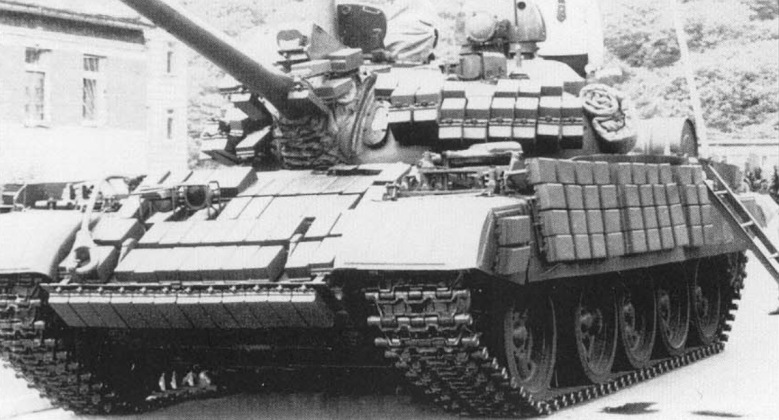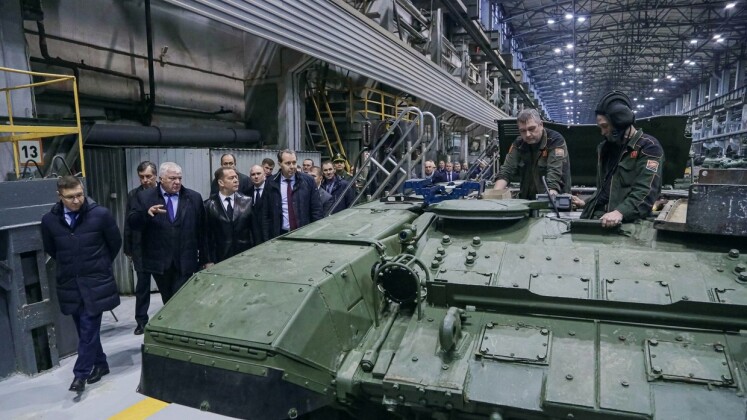News
Stalin Era T-54/55 Tanks Are Now on the Ukrainian Frontlines: How Useful Could They Be?
One month after T-54/55 tanks were seen being taken out of storage in the Russian Far East, the vehicles have begun to appear with Russian forces in Ukraine’s Zaporizhzhia region indicating they may have already begun to take part in hostilities. Russia is thought to have several hundred tanks of the class in storage, and possibly many more, which could bolster the quantities of frontline armour it fields considerably. Fielding the T-54/55 in large numbers is more feasible than other tank classes due to their very low operational costs and maintenance needs by 21st century standards, although the age of the tanks’ armour and fire controls could seriously limit their viability in roles other than provision of support for infantry or more modern armoured units. Despite initial speculation when the tanks were seen being pulled out of storage that they may be intended for modernisation before being sent to the frontlines, the T-54/55s in Ukraine appear to have received no 21st century enhancements and have been deployed in a similar condition to that in which they left service in the 1990s. Indeed, they lack many of the protective features seen on some of the top enhanced variants of the Soviet era such as the T-55AMV.

The appearance of the T-54/55 in Ukraine comes as Russia has maintained a surged production level of its most advanced operational tank class the T-90M, which Deputy Chairman Russian Security Council former president Dmitry Medvedev announced in March was seeing production at over 1500 per year. Russia has also moved to develop an upgrade package for its older T-72 tanks bringing armour protection levels to a similar standard to the T-90M, with these first seen in December. With several hundred T-90Ms reportedly having entered service since the Russian-Ukrainian War began, T-54/55s are expected to be deployed in a supporting role primarily for infantry support and as defensive emplacements. The T-54/55 is the most produced tank in history with over 100,000 having been built, and remains the most widely used tank class in the world. This could potentially provide options to import very large numbers from overseas operators such as Syria or North Korea should those in storage not prove sufficient. Aside from its age and vulnerability to modern anti tank weapons, a major drawback of the tank is that it lacks an autoloader and thus requires four crew per vehicle as Western tanks do – rather than three as seen on more modern Russian tanks like the T-72 and T-90.

The T-54/55 first entered service in 1948 when it was well over a decade ahead of all overseas tank designs. When the first T-54/55 was obtained by Western experts in 1956 for examination it was found to be not only 10 tons lighter than the top tank in NATO service the American M48A2, but also far better armed and protected. This advantage was strengthened five years later as the first T-62s were introduced. By the 1980s, however, the T-54/55 was considered obsolete for armour-on-armour engagements due partly to its lack of a smoothbore gun, which the T-62 had been the first in the world to pioneer, with armour protection and sensors having fallen far behind modern standards. Enhanced variants of the T-54/55 such as the Sino-Pakistani Al Zarrar have nevertheless continued production into the 21st century, although these have capabilities several decades ahead of those seen in Russian stockpiles. Ukraine has itself deployed modernised T-55s donated by NATO, namely the Slovenian M-55 variant, the transfer of which was agreed on in September 2022.












